The first coffee in England is thought to have been brewed in 1637 by Nathaniel Conopios from Crete, a student at Balliol College, Oxford. The famous diarist, John Evelyn, records in 1637 that he saw Conopios drinking the brew 'not heard of then in England', whilst the historian of Oxford life, Anthony Wood, confirmed that Conopios "...made a drink for his own use called Coffey, and usually drank it every morning...".
Wood also confirms that the first English coffee house was opened in Oxford in 1650 by Jacob, a Lebanese Jew, who later moved his business to Holborn in London.
It seems that Oxford can take the credit for introducing Britain to the most popular drug on the planet!


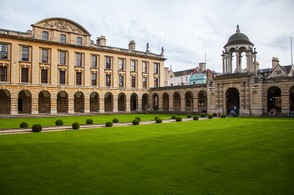



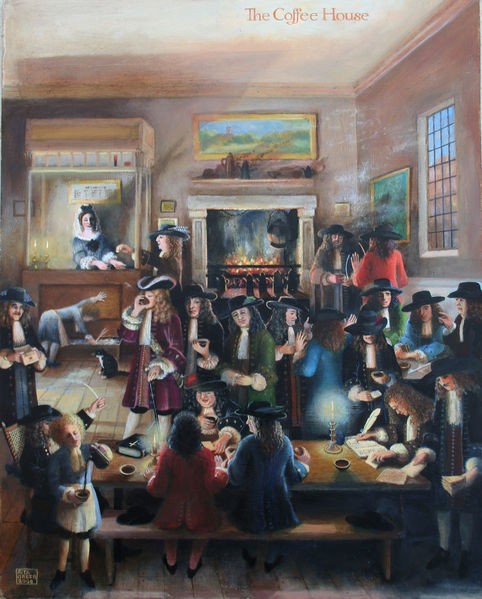



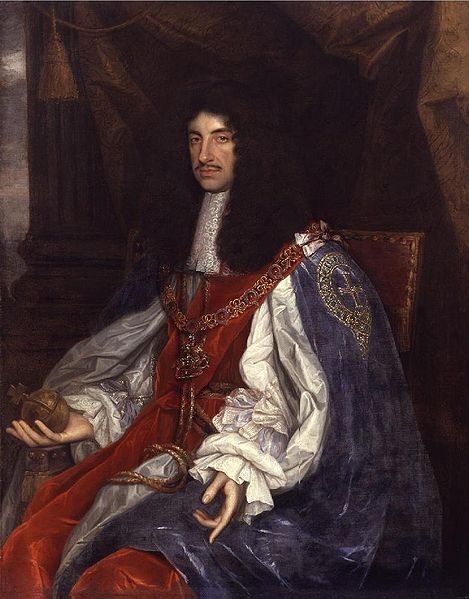



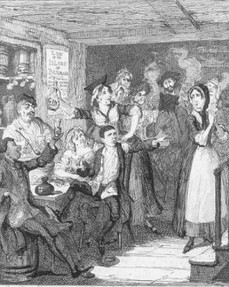



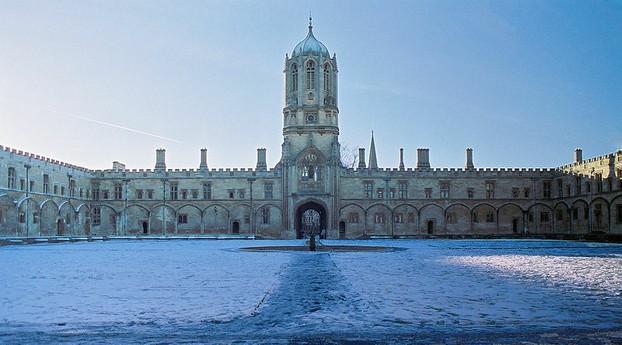
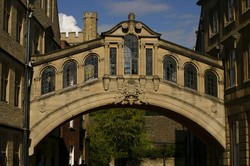

 How to Choose a Walking Cane or Stickon 08/01/2014
How to Choose a Walking Cane or Stickon 08/01/2014
 Michael Miller Fabulous Fabric Swatches for Quilting, Crafts etcon 07/02/2014
Michael Miller Fabulous Fabric Swatches for Quilting, Crafts etcon 07/02/2014
 The Drama of Life in the Rock Poolon 06/08/2014
The Drama of Life in the Rock Poolon 06/08/2014
 The Flâneur - Symbol of Modernity in 19th Century Parison 05/09/2014
The Flâneur - Symbol of Modernity in 19th Century Parison 05/09/2014

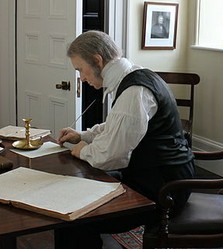
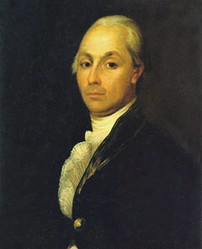
Comments
I know - it's gorgeous isn't it! :)
Love that Turkish coffee set.
Hi cmoneyspinner - I am so glad you enjoyed it! Thanks for your post :)
I never knew there was a link between coffee and political subterfuge. I do know that there's a connection between coffee and illegal drug smuggling. Great article! I'll be sharing it.
I think the East India Company became more interested in importing tea than coffee so it became less profitable to open a coffee shop. Also, tea shops were frequented by both sexes so they became popular!
Funny that the arrival of tea was one reason for the demise of the coffee houses!
Mira - I too would like one of those old-fashioned-style perculators. I remember them from when I was a kid! :)
Interesting article, Kathleen. And I like your selection of stainless steel coffee makers at the top. I need to get me one of those :)